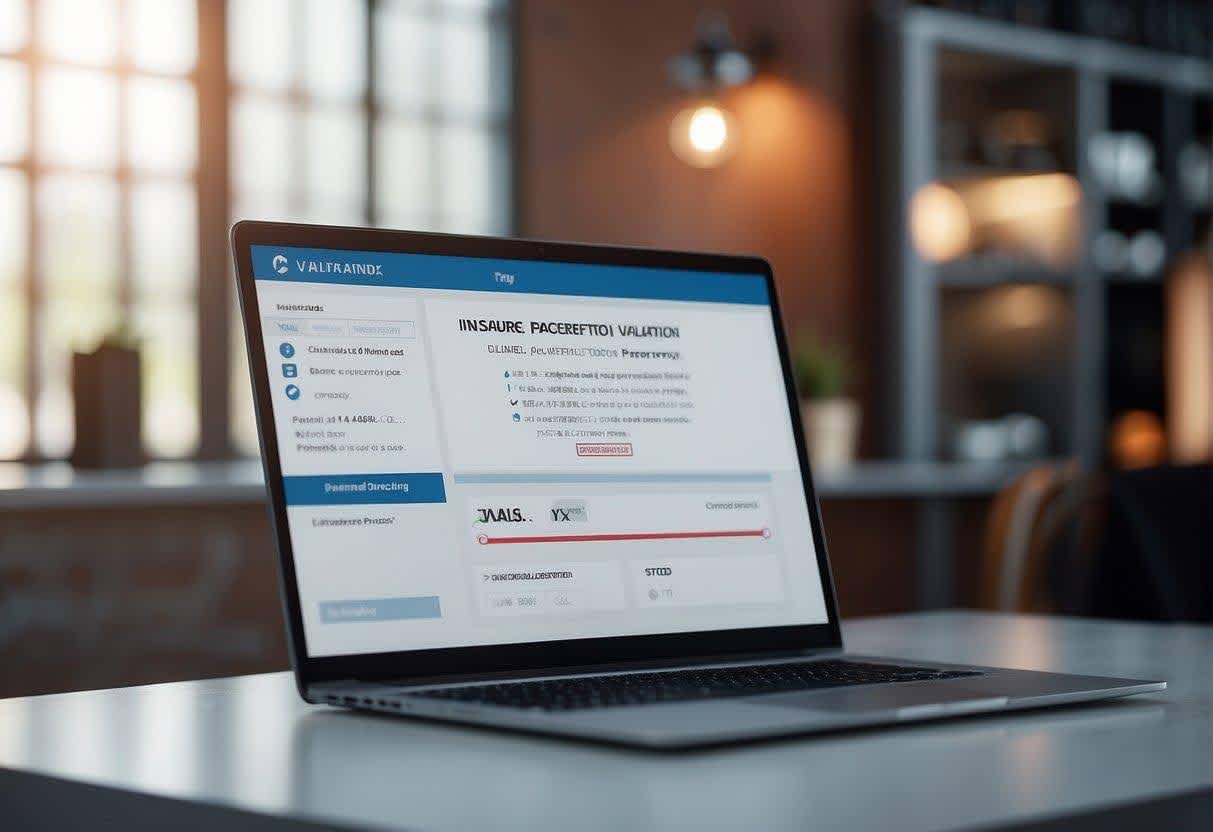The Insurance Validation Process: Understanding Its Importance and Procedures
ByJulian Gette
Workast publisher

Workast publisher
The insurance validation process is a critical step in the insurance industry that ensures that the insurance policies offered by healthcare providers are accurate and up-to-date. You can opt for automated insurance verification or the standard process that involves manually verifying patient eligibility, insurance coverage, and ensuring that the insurance policies meet the requirements of the healthcare providers.
The insurance verification process is an essential part of the validation process. It involves collecting all necessary patient information, including their full name, date of birth, contact information, social security number, insurance details, and insurance card. Once this information is collected, healthcare providers can verify patient eligibility and ensure that the patient's insurance coverage is up-to-date.
The insurance industry has strict regulations in place to ensure that healthcare providers offer accurate and reliable insurance policies. The insurance validation process is an essential part of these regulations and ensures that healthcare providers comply with these regulations. By ensuring that insurance policies are accurate and up-to-date, healthcare providers can offer their patients the best possible care while minimizing the risk of financial losses.
Understanding Insurance Verification
Insurance verification is an essential process that healthcare providers must conduct before offering medical services to patients. It involves confirming the validity of a patient's insurance coverage, identifying the benefits provided by the insurance plan, and verifying the patient's eligibility for specific medical services.
The Role of AI and ML in Insurance Validation
With the advancement of technology, healthcare providers can now automate the insurance verification process using artificial intelligence (AI) and machine learning (ML) algorithms. These technologies enable providers to collect, validate, and track certificates of insurance (COIs) quickly and accurately. By automating insurance verification, providers can save time and resources typically devoted to manual systems.
Regulatory Compliance and Insurance Verification
Regulatory compliance is a crucial aspect of insurance verification. Healthcare providers must comply with various federal and state regulations when verifying patient insurance coverage. Failure to comply with these regulations can result in significant penalties and legal issues. Therefore, providers must ensure that their insurance verification process meets all regulatory requirements.
The Importance of Accurate Patient Information
Accurate patient information is critical to the insurance verification process. Providers must gather all essential details from patients, including their full name, date of birth, contact information, social security number, insurance details, and insurance card. Any incorrect or incomplete information can lead to claim denials, delayed payments, and patient dissatisfaction. Therefore, providers must ensure that they collect and verify accurate patient information before conducting insurance verification.
The Claims Management Lifecycle
The claims management lifecycle is a crucial process in the insurance industry. It involves various stages, including initiating the insurance claim, investigation and fraud detection, adjudication, and reimbursement. Each stage plays an essential role in ensuring that the insurance claim process is efficient and effective.
Initiating the Insurance Claim
The first step in the claims management lifecycle is initiating the insurance claim. It involves the policyholder reporting the claim to the insurance company and providing essential information such as the policy number, incident details, and contact information. The insurer then verifies the claim to determine if it is a legitimate claim.
Investigation and Fraud Detection
Once the claim is verified, the insurer investigates the claim to determine its validity. The investigation process involves gathering information from the policyholder, witnesses, and any other relevant sources. The insurer also checks for any fraudulent claims and investigates any suspicious activities. The investigation process is crucial in preventing fraudulent claims, which can lead to financial losses for the insurance company.
Adjudication and Reimbursement
After the investigation process, the insurer adjudicates the claim to determine if it is covered under the policy. If the claim is covered, the insurer reimburses the policyholder for the damages or losses incurred. However, if the claim is denied, the insurer provides a reason for the denial.
To ensure an efficient and effective claims management lifecycle, insurers need to have robust fraud detection mechanisms in place. This can include using sophisticated software to detect fraudulent claims, conducting thorough investigations, and working closely with law enforcement agencies to prevent fraudulent activities.
Enhancing Patient and Provider Experience
The insurance validation process is an essential step in the medical billing and documentation process. It is crucial to ensure that patients receive the care they need while healthcare providers receive payment for their services. However, the insurance validation process can be time-consuming and frustrating for both patients and providers. By streamlining the process, healthcare providers can enhance the patient and provider experience.
Streamlining Medical Billing and Documentation
Streamlining medical billing and documentation is one way to enhance the patient and provider experience. By using electronic health records (EHRs), healthcare providers can reduce the time it takes to complete medical billing and documentation. EHRs can also improve the accuracy of medical billing and documentation, reducing the risk of errors and claim denials.
Improving Patient Eligibility Verification
Improving patient eligibility verification is another way to enhance the patient and provider experience. By verifying patient eligibility before providing services, healthcare providers can reduce the risk of claim denials and improve patient satisfaction. Patients are more likely to be satisfied when they know what services are covered by their insurance plan and what they will be responsible for paying out of pocket.
Leveraging Data Analytics for Better Outcomes
Leveraging data analytics is another way to enhance the patient and provider experience. By using data analytics, healthcare providers can identify trends and patterns in medical billing and documentation. This information can be used to improve the accuracy of medical billing and documentation, reduce the risk of errors and claim denials, and improve patient satisfaction.
Insurance Validation Best Practices
Insurance validation is a crucial component of the insurance industry as it ensures that policyholders receive the benefits they are entitled to. The process involves verifying policyholder information, including their eligibility and coverage under their insurance plan. Here are some best practices for effective insurance validation:
Incorporating Automation and Streamlined Processes
Incorporating automation tools and streamlined processes can help improve the efficiency and accuracy of insurance validation. Automation tools can help reduce the risk of errors and ensure that the validation process is completed in a timely manner. Streamlined processes can help eliminate unnecessary steps in the validation process, reducing the time it takes to complete the process.
Effective Management of Policyholder Data
Effective management of policyholder data is essential for successful insurance validation. This includes ensuring that policyholder data is accurate and up-to-date, and that it is stored securely. It is also important to have a system in place for managing policyholder data, such as a centralized database.
Collaboration with Outsourcing Partners
Collaboration with outsourcing partners can help improve the efficiency of insurance validation. Outsourcing partners can provide specialized expertise and resources, which can help reduce the burden on internal teams. It is important to establish clear communication and expectations with outsourcing partners to ensure that the validation process is completed accurately and efficiently.


